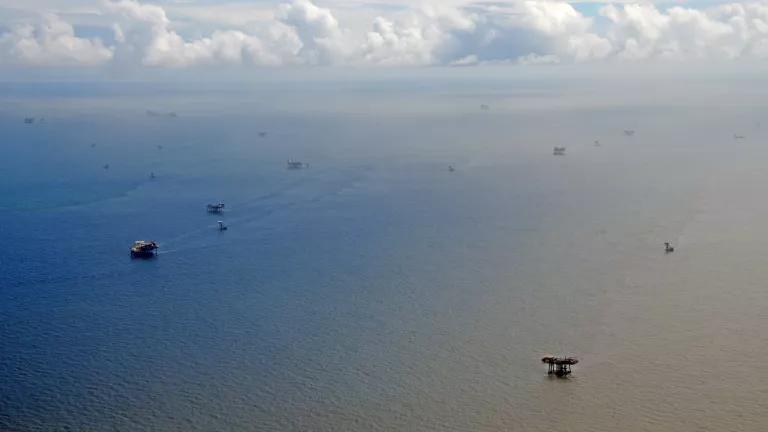California’s Marine Protected Areas Just Got Real

California’s Marine Protected Area (MPA) network is a triumph of ocean conservation in our state—and a global standard for how underwater parks can protect sensitive marine species and habitats and secure a healthy ocean future for generations to come.
Stretching from the California-Oregon border down to Mexico, this landmark string of marine jewels includes 124 marine parks and protects roughly 16% of our state waters. These MPAs are designed to function as a network, sheltering some of our most precious marine life and fragile habitats, while also allowing biological exchange between the protected sites. The goal is to support diversity and resilience along our entire coast.
NRDC and our partners have worked for decades to protect these sensitive areas and the marine life that depend upon them. But our protection doesn’t mean a thing if restrictions in MPAs aren’t enforced.
NRDC helped to envision and sponsor the Marine Life Protection Act in 1999, the landmark legislation that mandated the creation of the MPA network. And we worked for 13 years with the State, tribes, environmental organizations, and local communities to designate the protected areas. And since the MPA network was completed in 2012, we have worked to ensure that these protected areas are real in the water, and not just on paper.
The California Department of Fish and Wildlife, in partnership with citizen’s groups and environmental organizations, has invested heavily in signage, community outreach, and citizen monitoring programs to educate the public about MPAs. The Department also deploys its Marine Enforcement Division on the water to enforce MPA protections. But, despite these efforts, the State has had limited resources to enforce the MPA network along the state’s 840 miles of coast. Violations continue to occur—some by recreational fishers, some by commercial vessels—and penalties have not been stiff enough to deter would-be poachers. Until now.

Last week, the Fish & Game Commission handed down the stiffest penalty ever in the history of the MPA network—and sent a strong message that California is serious about defending one of the most important marine conservation laws in the State.
The Commission acted in response to a 2013 incident in which Pacific Star Sportfishing, a commercial passenger fishing vessel, intentionally took 24 paying customers into the Santa Barbara Island State Marine Reserve—a strict no fishing zone—to fish. Undercover officers on the vessel observed a total of 18 violations, including fishing in an MPA, exceeding legal limits on take, and use of illegal fishing methods.
The company was originally assessed a small fine and barred from fishing for three months. But the Commission rejected this penalty as inadequate and moved to suspend the vessel Pacific Star’s operator license for five years.
Imposing such an appropriately high penalty is a huge step forward for the State and sets California apart as a leader in marine protection. With this decision, the Fish and Game Commission sends a strong signal to other bad actors that California’s marine parks are not just parks in name alone. These are state treasures—important pristine areas that are protected for the benefit of all Californians—and we won’t stand by to see them plundered.




